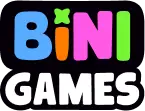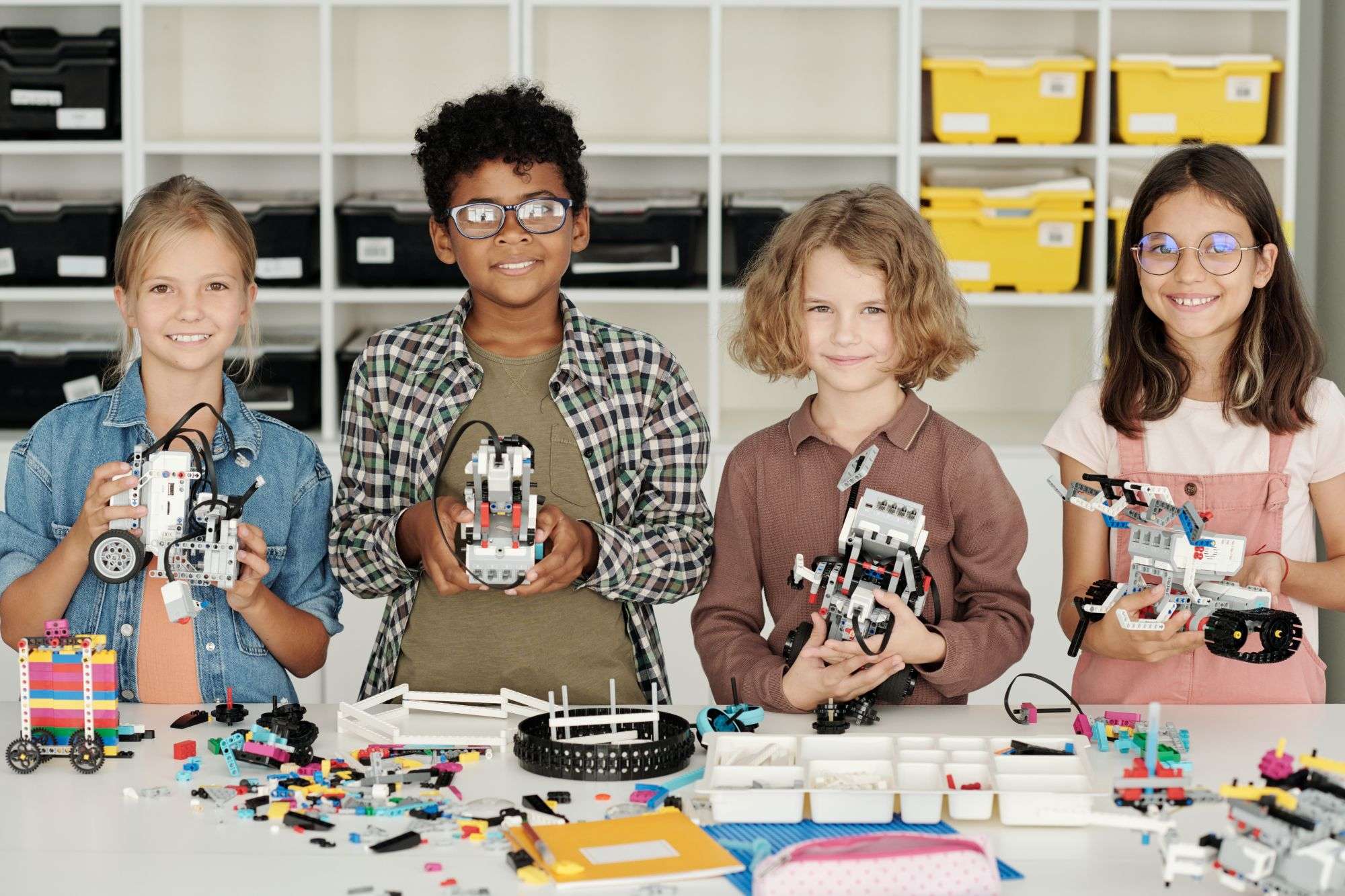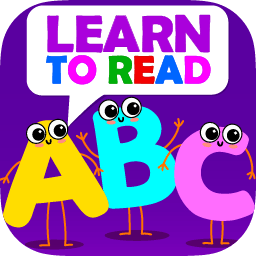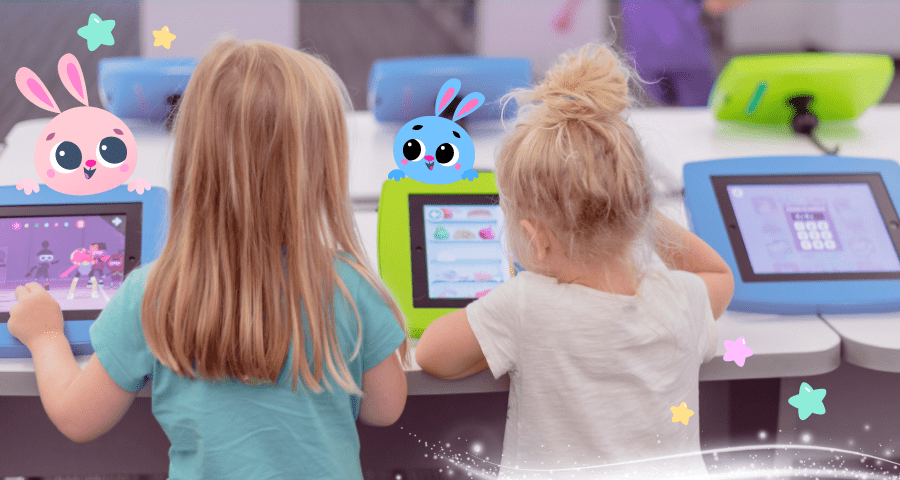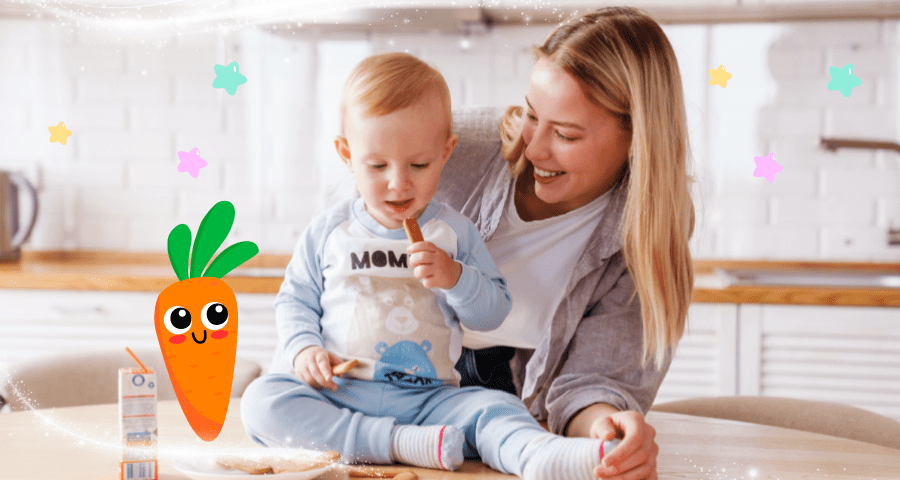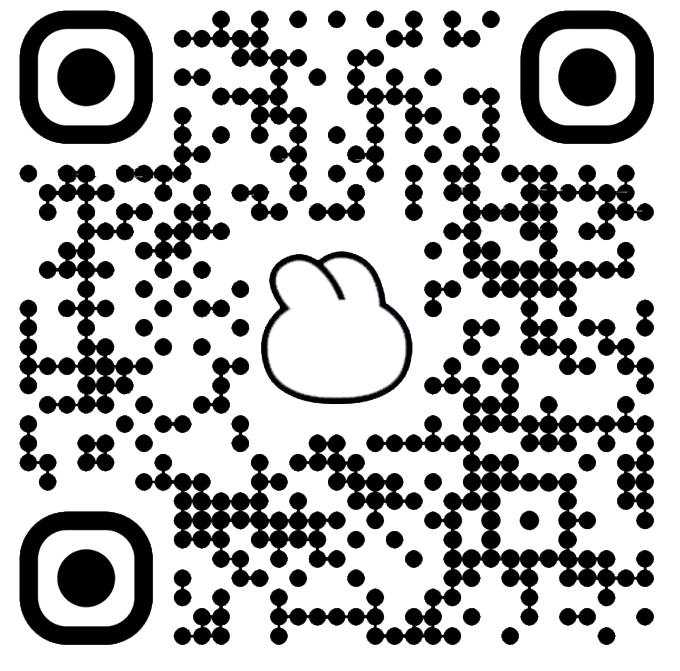Did you know that even the greatest inventors, like Thomas Edison and the Wright brothers, started with simple ideas? Every invention begins with curiosity and a spark of creativity! Whether it’s making a funny new gadget or solving a little problem, kids have the power to be inventors, too. Parents can encourage this creativity by providing materials, asking questions, and most importantly—letting kids explore and have fun!
Why Invention Ideas for Kids Are So Important
Invention projects aren’t just fun—they help children build super skills for life! When your kid invent, they develop:
- Problem-solving skills – Thinking outside the box to solve everyday problems. This skill helps in future careers like engineering, medicine, and business, where finding creative solutions is key.
“My daughter wanted an easier way to get her toys up to her bunk bed, so she made a simple pulley with a basket and rope. She was so proud when it worked!” – David, father of a 7-year-old - Creativity – Turning wild ideas into real things. Creativity is essential in fields like design, technology, and entrepreneurship, where new ideas drive success.
“My son found an old box and some wires and decided to build a robot. It didn’t move, but he gave it eyes, buttons, and even a name. He was so excited to show it off!” – Lena, mother of an 8-year-old - Perseverance – Learning that failure is just a step toward success. In life and work, setbacks happen. Being able to keep trying helps in everything from academics to professional growth.
“My daughter spent hours trying to build a bridge from spaghetti. It kept falling apart, but she kept fixing it. In the end, she made one that held up!” – Mark, father of a 10-year-old - Confidence – Believing in their ideas and making them happen! Confidence helps kids speak up, take initiative, and become leaders in whatever path they choose.
“My son made a ‘sock sorter’ to help with laundry. It wasn’t perfect, but he proudly showed everyone how it worked. He felt like a real inventor!” – Sophia, mother of a 9-year-old
- Problem-solving skills – Thinking outside the box to solve everyday problems. This skill helps in future careers like engineering, medicine, and business, where finding creative solutions is key.
Encouraging your little student to create and test their own inventions helps prepare them for a future filled with problem-solving and innovation.
Cool Invention Ideas for School Project
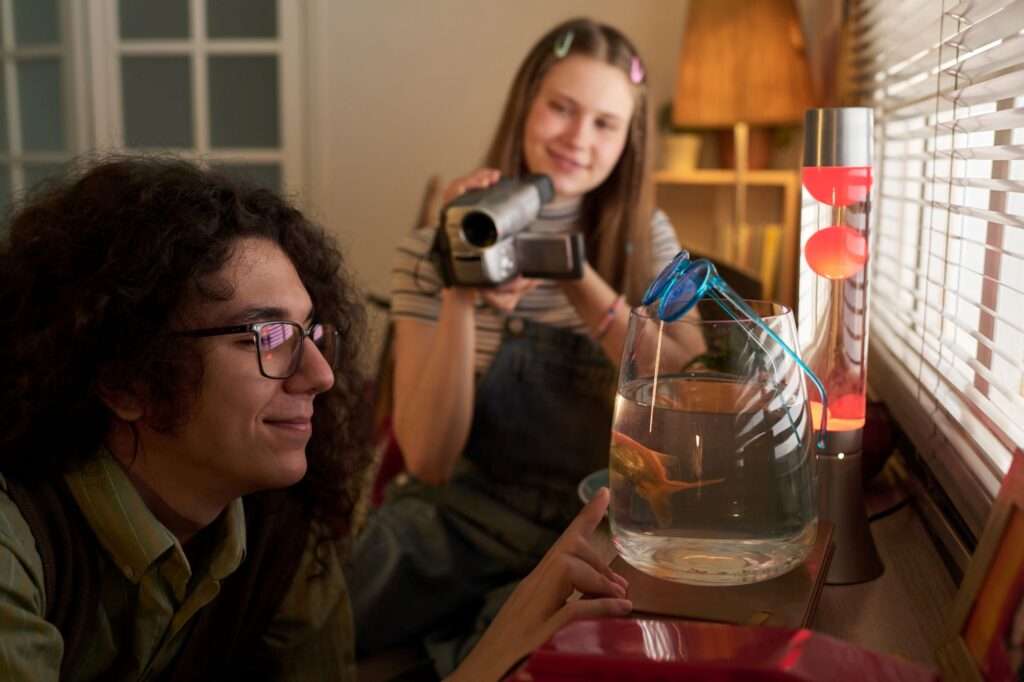
These five school project ideas will show kids how science works in everyday life. Each project includes easy-to-find materials and clear steps.
- Balloon-Powered Car
Make a car that zooms across the room using only air power!
- Attach bottle cap wheels to a plastic bottle using straws as axles.
- Insert a straw into a balloon and tape it to the top of the bottle.
- Blow up the balloon, pinch the end, and let go to see the car zoom away!
Materials: Plastic bottle, straws, wheels (bottle caps), tape, balloon.
This experiment teaches Newton’s Third Law of Motion—every action has an equal and opposite reaction. Kids can experiment with different balloon sizes to see how speed changes!
- Homemade Lava Lamp
Make a groovy lamp with floating blobs like magic!
- Fill the bottle halfway with water and the rest with oil.
- Add food coloring and drop in an effervescent tablet.
- Watch as colorful blobs rise and fall!
Materials: Clear bottle, water, vegetable oil, food coloring, effervescent tablet.
Kids learn about density and chemical reactions in a visually exciting way. Try different amounts of tablet pieces to see how they affect the bubbling!
- Solar-Powered Oven
Cook a snack using the power of the sun!
- Cut a flap on the pizza box and line it with aluminum foil.
- Line the inside with black paper to absorb heat.
- Cover the opening with plastic wrap and place food inside.
- Set it in the sun and check every 10 minutes to see the results. Try melting cheese or making s’mores!
Materials: Pizza box, tape, plastic wrap, aluminum foil, black paper, scissors.
This project teaches kids about renewable energy.
- Paperclip Water Compass
Find north with a floating compass!
- Rub a paperclip on a magnet for 30 seconds.
- Place it on a small cork and float it in water.
- Watch as it magically turns to face north!
Materials: Paperclip, bowl of water, cork, magnet.
This hands-on experiment teaches kids about Earth’s magnetic field and navigation.
- DIY Water Filter
Turn dirty water clean in a science experiment!
- Cut the bottom off a plastic bottle and place a coffee filter inside.
- Add layers of charcoal, sand, and gravel.
- Pour dirty water through it and observe how it gets cleaner!
Materials: Plastic bottle, sand, gravel, charcoal, coffee filter, dirty water.
Teaches kids about water filtration and real-world engineering solutions.
Easy Inventions for Kids
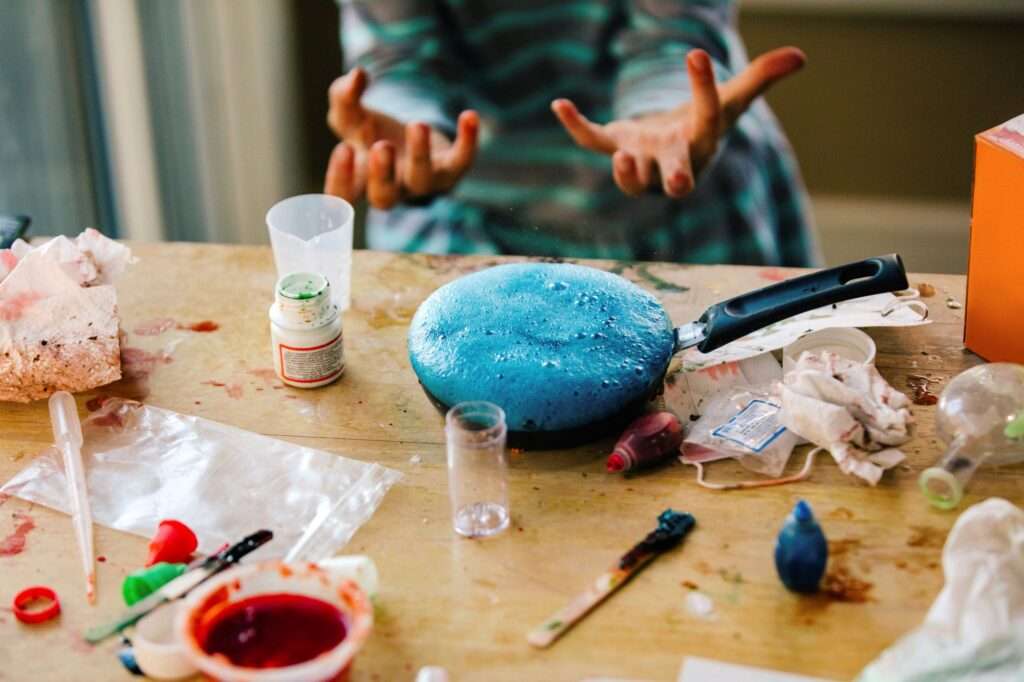
These easy projects are perfect for younger kids and require just a few materials!
- Sponge Boat
- Cut a sponge into a boat shape.
- Attach a paper sail to a toothpick.
- Stick the toothpick in the sponge and sail it in water!
Materials: Sponge, toothpick, paper.
This project teaches about buoyancy and how boats stay afloat.
- Rubber Band Guitar
- Cut a hole in the shoebox lid.
- Stretch rubber bands across the hole.
- Strum to make music!
Materials: Shoebox, rubber bands.
This teaches kids about sound waves and vibrations.
- Homemade Slime
- Mix glue and baking soda in a bowl.
- Add contact lens solution and stir.
- Knead it into stretchy slime!
Materials: Glue, baking soda, contact lens solution.
This fun sensory project introduces kids to polymers and chemical reactions.
- Shadow Puppets
- Cut out fun shapes like animals or superheroes.
- Shine a flashlight on a wall and make stories with shadows!
Materials: Paper, scissors, flashlight.
Encourages creativity and storytelling while teaching about light and shadows.
Kid Invention Ideas Inspired by Young Inventors

Kids have made amazing inventions! Here are their stories and ways to try similar projects.
- Popsicle (Frank Epperson, age 11)
In 1905, Frank Epperson mistakenly left a cup of soda with a stirring stick outdoors on a chilly evening. The next morning—boom! The first-ever popsicle was born. Years later, he patented his idea, and today, millions of popsicles are enjoyed worldwide.
Try it:
- Pour different juices or yogurt into ice pop molds or small cups.
- Insert popsicle sticks.
- Freeze for a few hours.
- Enjoy your homemade popsicles!
- Earmuffs (Chester Greenwood, age 15)
In 1873, 15-year-old Chester Greenwood was ice skating in the cold Maine winter when he realized his ears were freezing. He created earmuffs using fur-covered pads on a wire frame and later improved the design, leading to a successful business.
Try it:
- Cut two circles from soft fabric.
- Glue cotton or foam inside for warmth.
- Attach them to the sides of a headband.
- Try them out in the cold!
- Braille System (Louis Braille, age 15)
Louis Braille, who became blind at a young age, developed the Braille system, a tactile reading and writing system used by blind and visually impaired people. He adapted a military code of raised dots into a simpler, more efficient system. He presented his completed system in 1824.
Try this:
- Create your own tactile code using raised dots or other textures on paper.
- Try communicating simple messages using your code.
- Research and learn the actual braille alphabet.
- Lead Detecting Device (Gitanjali Rao, age 12)
When Gitanjali Rao learned about the Flint, Michigan water crisis, she wanted to help. So, at just 12 years old, she invented “Tethys,” a small device that quickly detects lead in water using special carbon nanotubes. Her invention helps keep water safe to drink.
Try it:
- Start by learning why clean water is important. What makes water dirty?
- Collect water from different places—tap water, rainwater, or a puddle.
- Test it! Add baking soda, vinegar, or lemon juice and see what happens. Does the water bubble? Change color?
- Write it down like a real scientist.
This fun activity helps kids learn why clean water is important and inspires them to invent new ways to keep water safe.
Encouraging Invention Ideas for School
- Ask open-ended questions: Encourage curiosity by asking questions like, “How could we make this better?” or “What else could we use this for?” This helps children develop problem-solving skills and start thinking creatively.
- Provide basic materials: Keep a box of craft supplies, recyclables, and simple tools like tape, scissors, and glue. Items like cardboard and old backpack straps can become the foundation of many great ideas. Having easy access to materials allows kids to bring their ideas to life instantly.
- Celebrate all ideas: Even the silliest ideas can lead to big discoveries! Praise effort and creativity rather than just the outcome to build confidence and a love for inventing. This encourages kids to keep going with their activity no matter how small the progress.
- Set an invention challenge: Give kids fun prompts like “Make a gadget to help with chores” or “Design a toy for an alien.” Challenges add excitement and encourage out-of-the-box thinking, allowing them to invent items that might be useful in their day-to-day lives.
- Explore real inventors’ stories: Share inspiring stories of young inventors to show kids that their ideas matter and could even change the world! These stories might spark the start of their own creative journey.
Every child has the potential to be a great inventor! Whether it’s a funny gadget or a useful tool, their ideas matter. Hand them some supplies, spark their imagination, and watch them change the world—one invention at a time!
